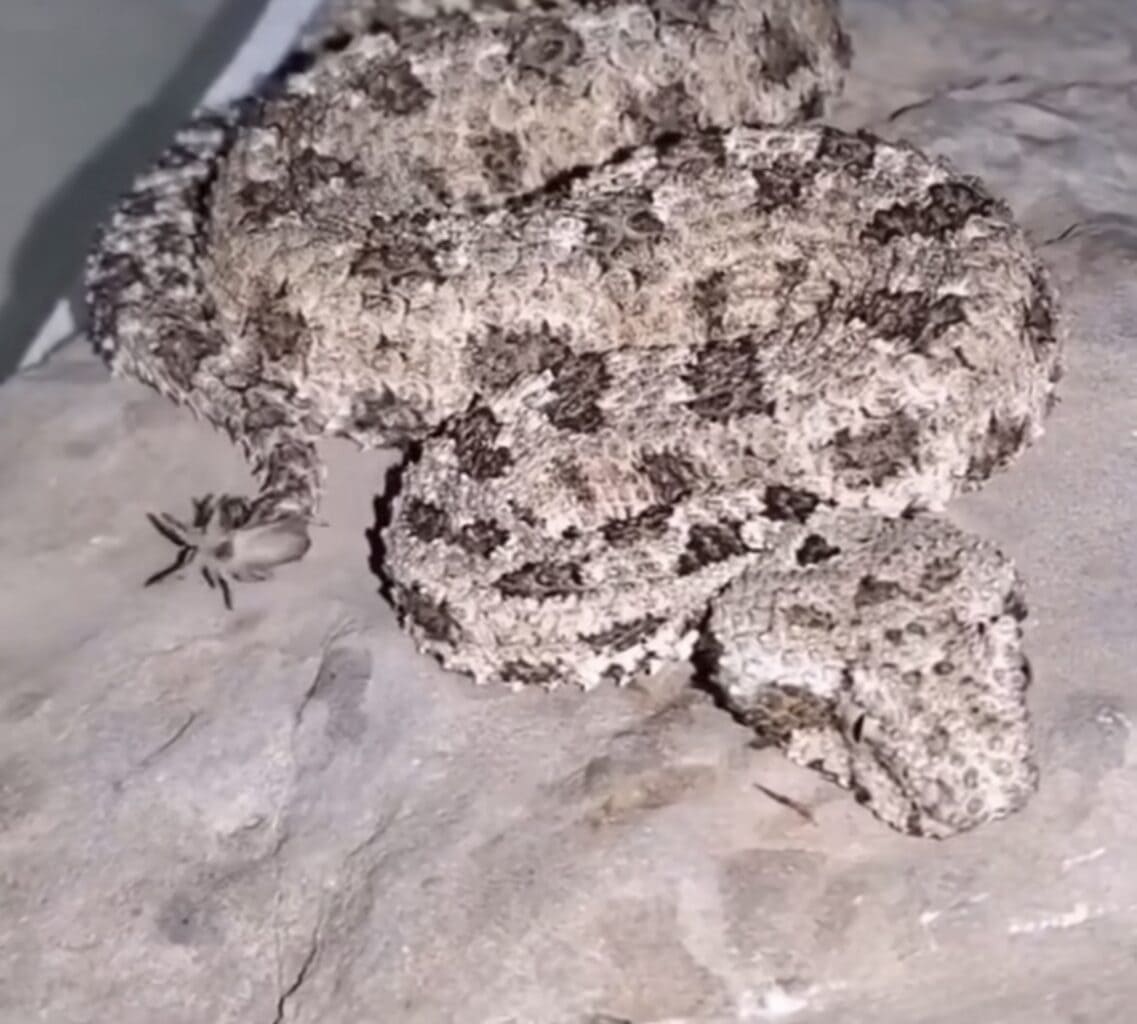Find the video link here to the rattle action!
Imagine stumbling upon what appears to be a helpless spider, its delicate legs quivering in the breeze. But as you approach, ready to lend a helping hand, the truth reveals itself, a spider-tailed horned viper lying in wait, poised to strike.
This remarkable adaptation isn’t just for show, it’s a finely tuned hunting strategy. The viper uses its spider-like appendage to attract small birds and rodents, mimicking the movements of its arachnid namesake to entice curious prey within striking distance. Once within range, the viper strikes with lightning speed, injecting its potent venom and securing its next meal.
Treatment Protocol: Responding to a Spider-Tailed Horned Viper Bite
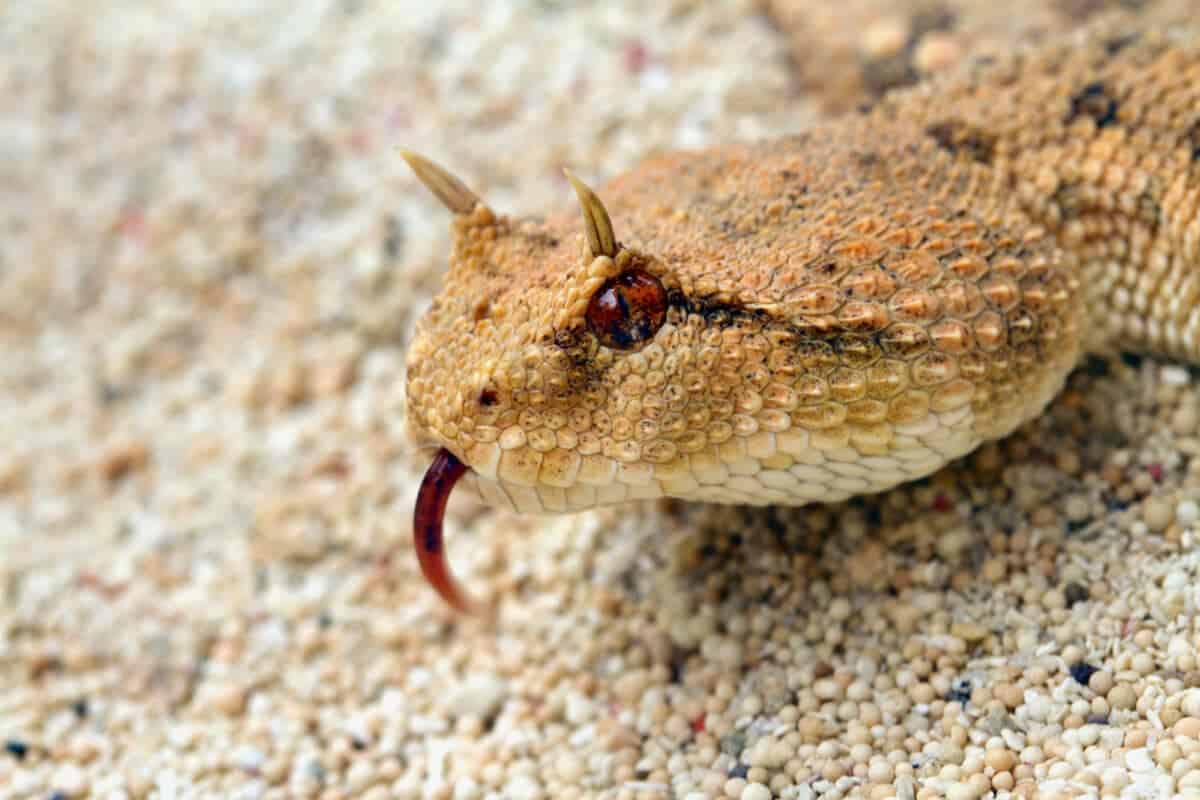
If unfortunate enough to fall victim to a spider-tailed horned viper’s bite, swift action is crucial. Here’s a step-by-step guide on how to treat the bite:
1. Stay Calm
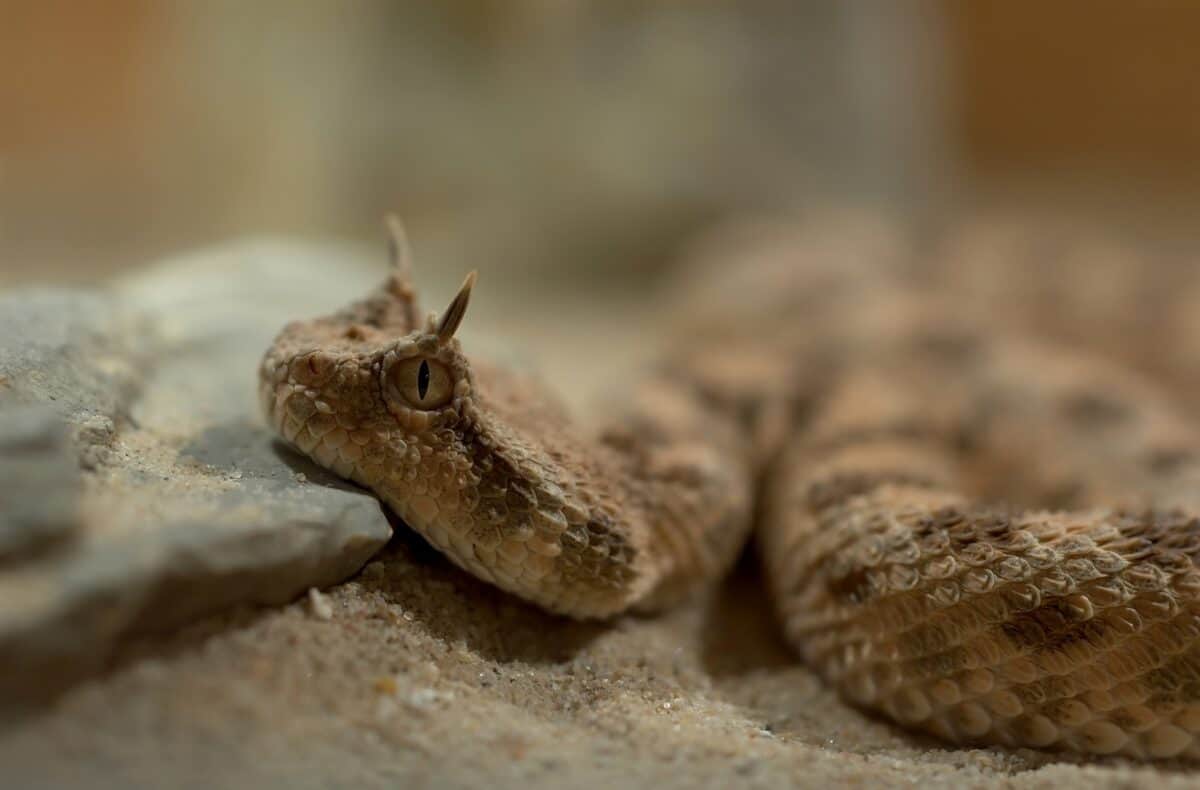
Panicking only increases heart rate and spreads venom faster. Take deep breaths to remain calm and focused.
2. Immobilize
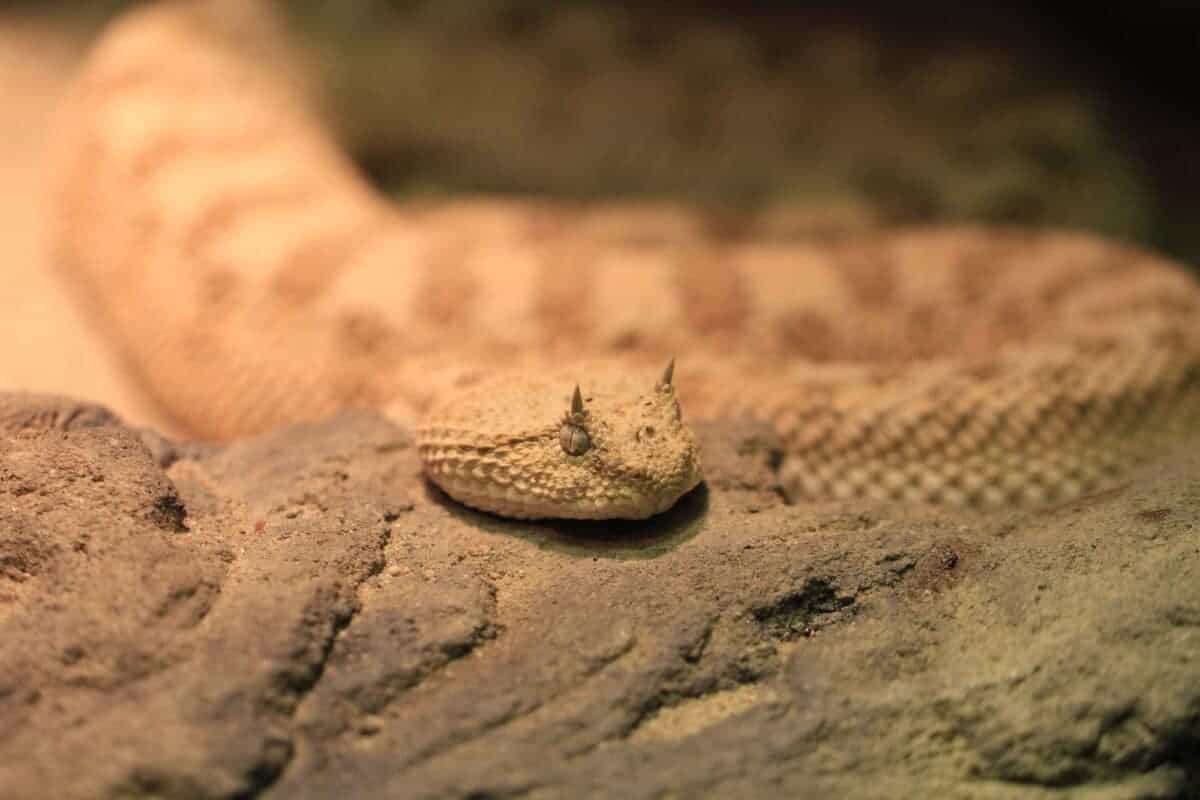
Keep the affected limb as still as possible to slow the spread of venom through the bloodstream.
3. Seek Medical Help
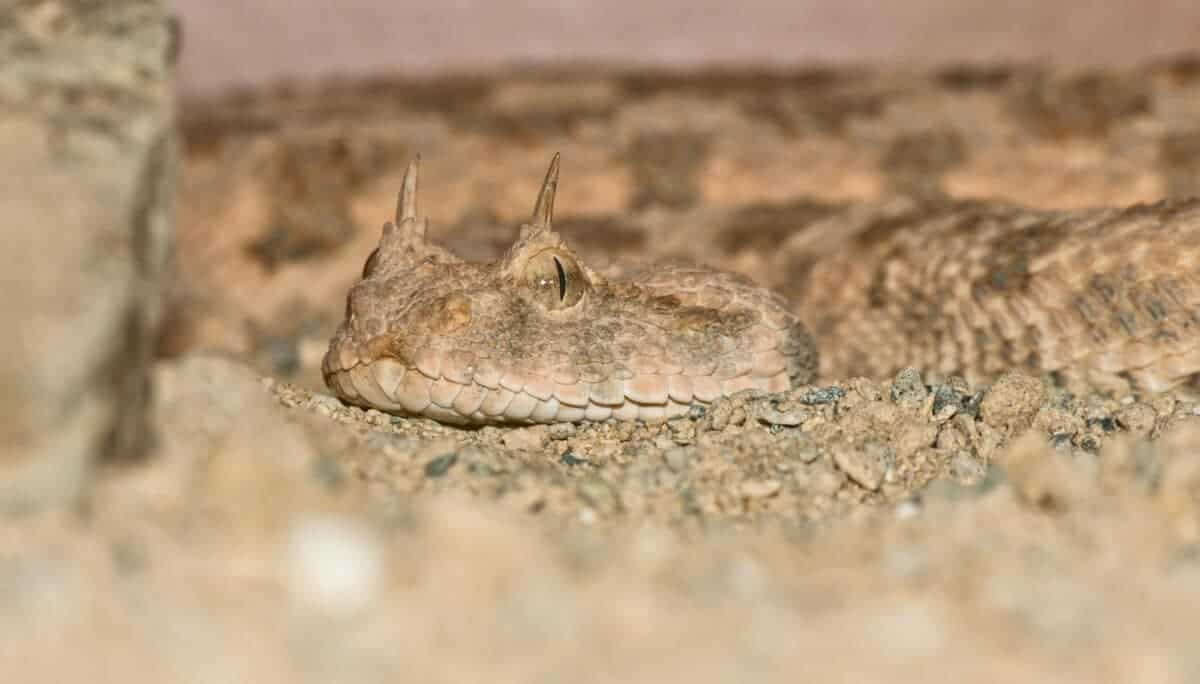
Immediately call for emergency medical assistance or transport the victim to the nearest medical facility equipped to handle snakebites.
4. Clean the Wound
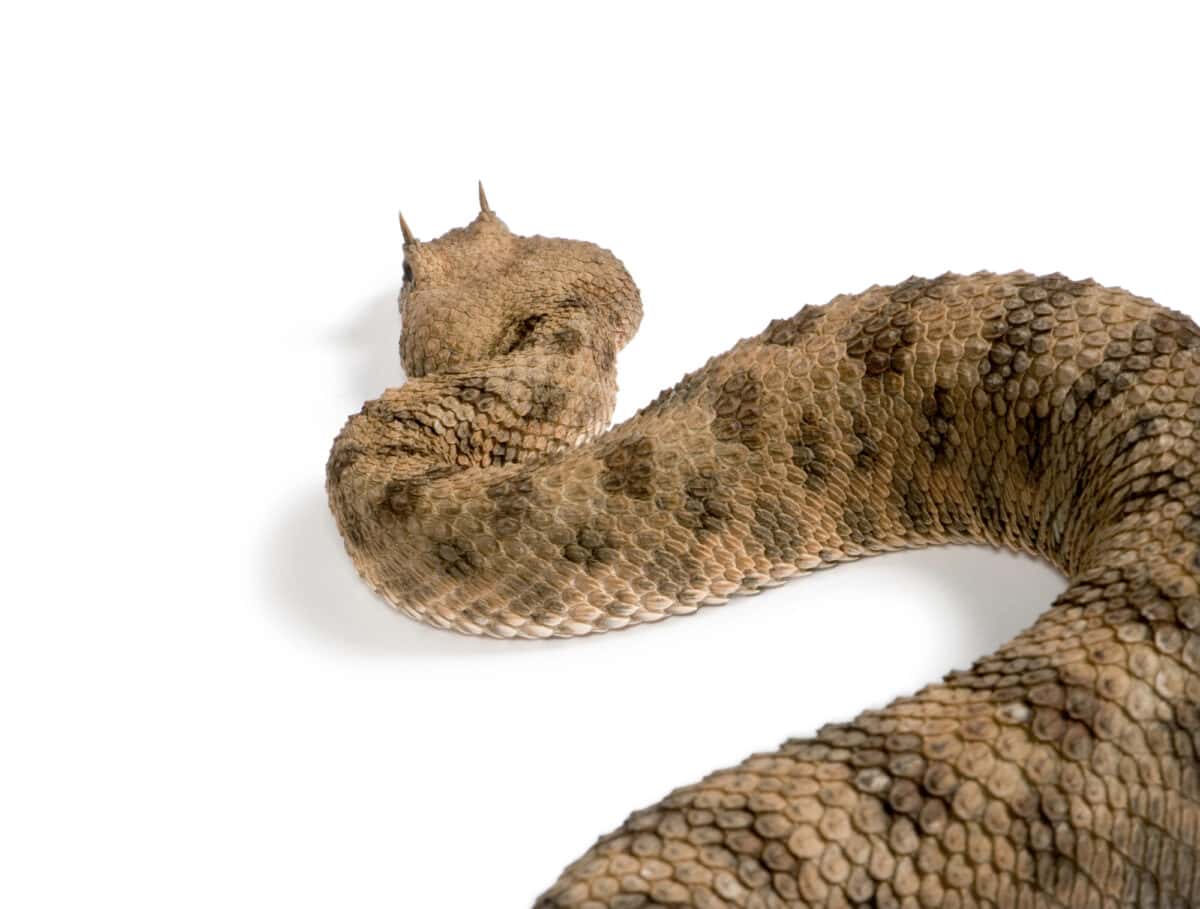
Gently wash the bite area with soap and water to prevent infection.
Apply a Bandage

Use a clean, sterile bandage to cover the wound, applying light pressure to reduce blood flow.
Then let’s explore the physical characteristics of the Spider-Tailed Horned Viper…
To better understand the snake’s formidable nature, let’s explore its physical attributes:
Tail Mimicry
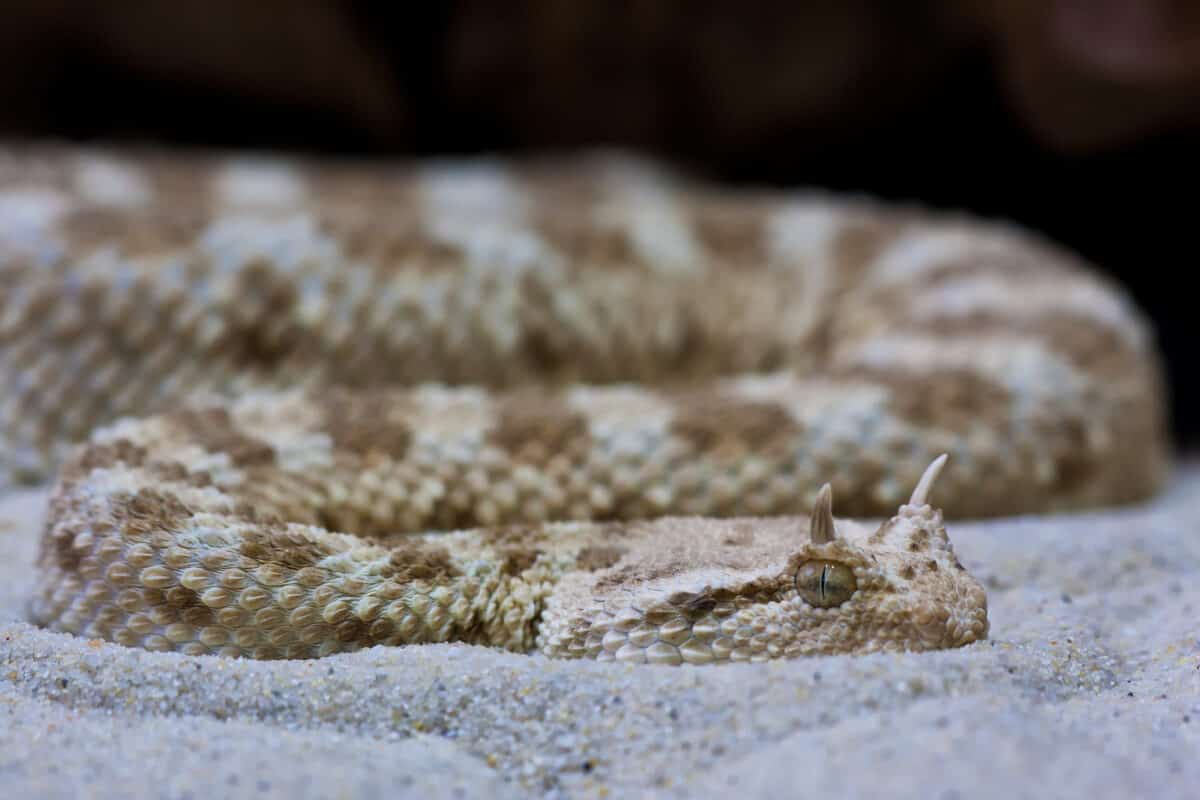
The most striking feature of the spider-tailed horned viper is, of course, its spider-like tail, complete with a bulbous tip and elongated shape that mimics the appearance of a spider’s abdomen.
Horned Head
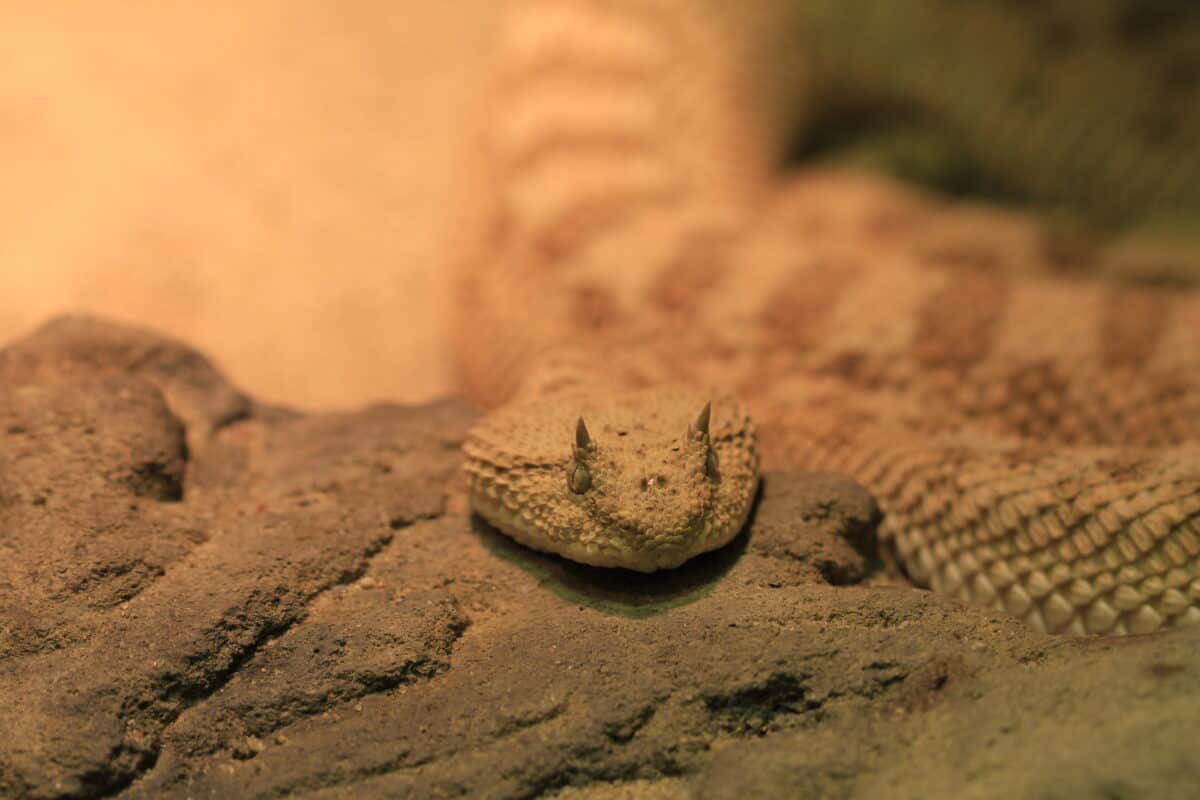
True to its name, this viper boasts distinctive horn-like projections above its eyes, adding to its menacing appearance.
Coloration
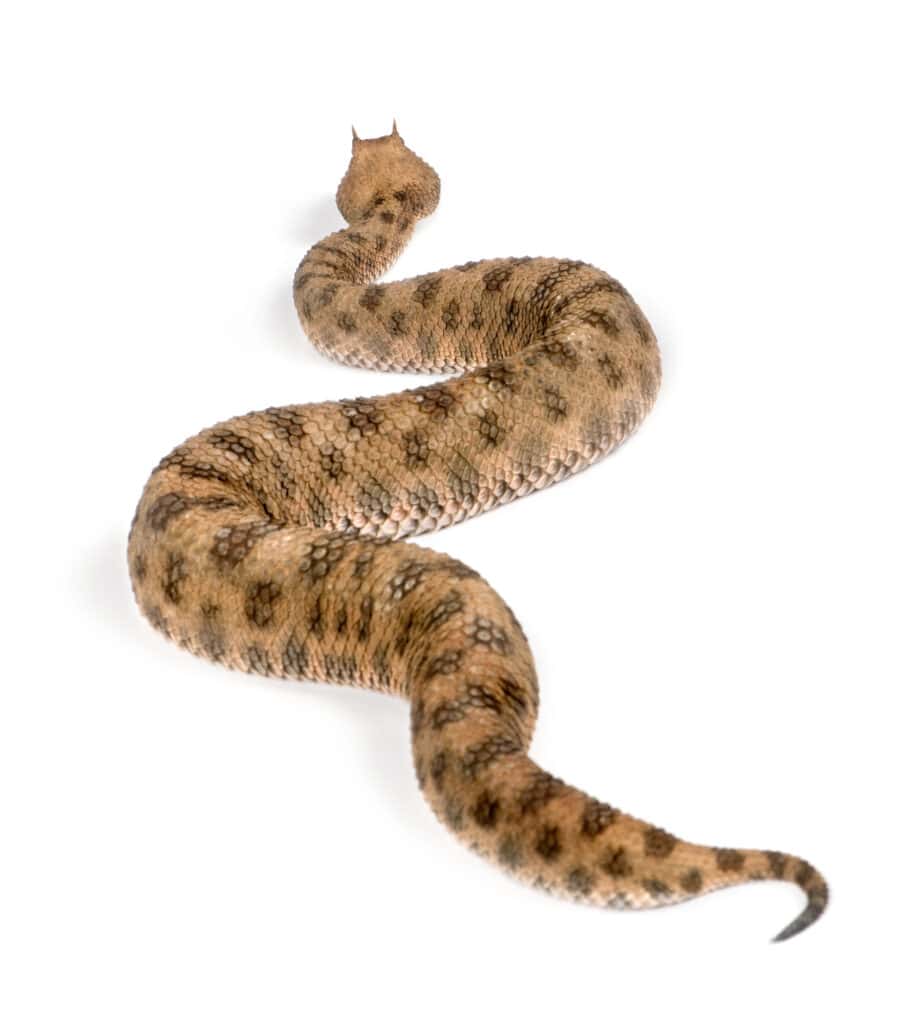
Spider-tailed horned vipers typically exhibit a camouflage pattern, blending seamlessly with their arid desert surroundings to ambush unsuspecting prey.
Venom
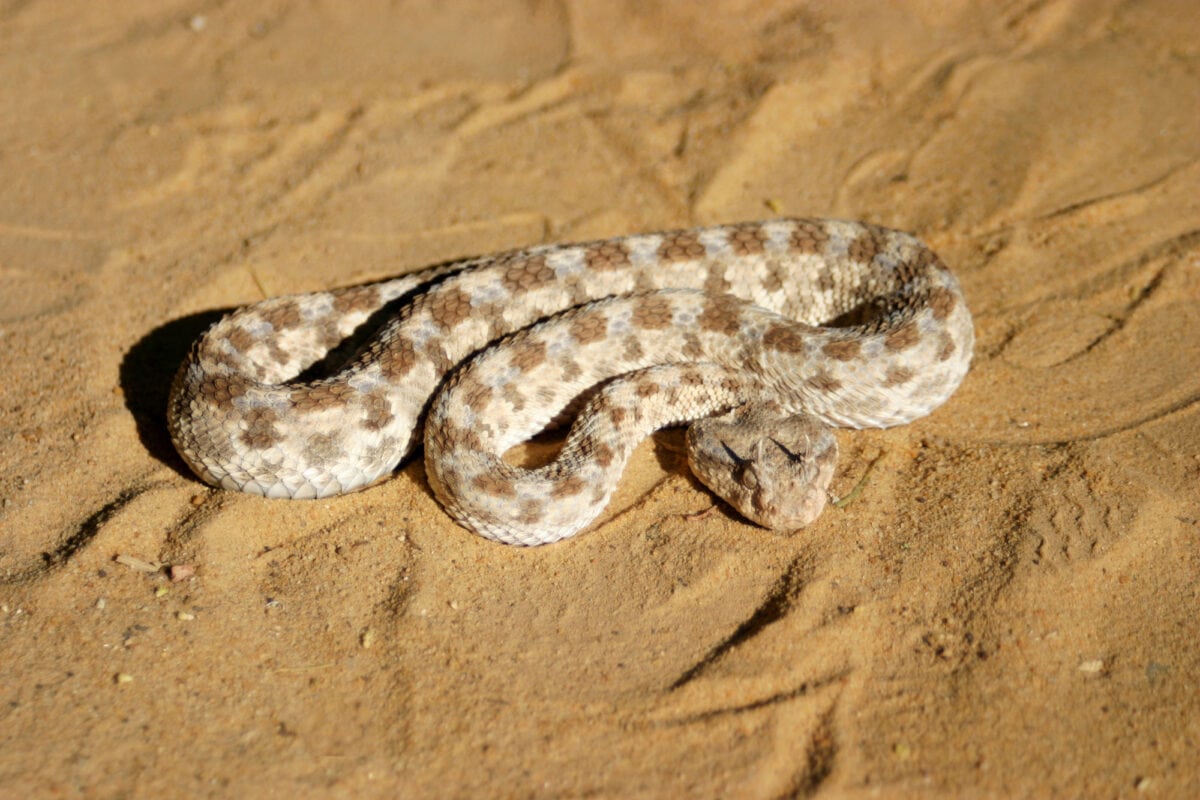
Like many venomous snakes, the spider-tailed horned viper possesses potent venom designed to incapacitate its prey. Hemotoxic components in the venom can cause tissue damage, internal bleeding, and even organ failure if left untreated.
Size
These vipers are relatively small compared to other snake species, averaging around 60 to 75 centimeters (24 to 30 inches) in length, with females generally larger than males.
Wrap Up
In conclusion, the spider-tailed horned viper’s deceptive tactics and potent venom make it a formidable predator in its natural habitat. Understanding its unique adaptations and knowing how to respond to a bite are essential for staying safe in regions where these cunning serpents roam.
Thanks for reading along! For more, check out our related article links below.
Next up:
Join our Forum for free today!

- Why Do Zebras Have Stripes - July 23, 2024
- Huge Pet Bison Breaks Into House - July 22, 2024
- Giant Black Bear Surprises Beachgoers by Emerging from the Ocean in Florida - July 22, 2024

